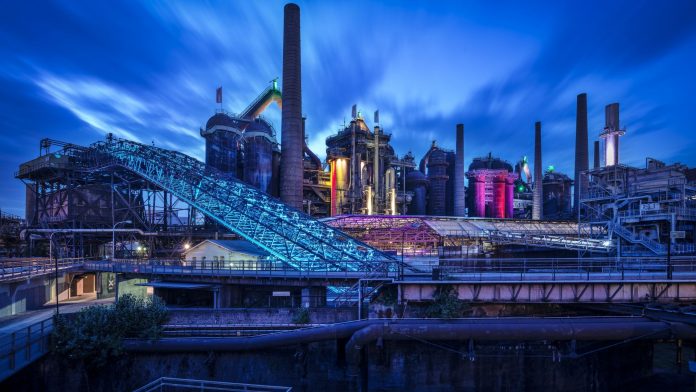[ad_1]
There are tens of thousands of museums in Europe, but only one annually receives the title of European Museum of the Year. Such an award, similar to the UNESCO World Heritage title, is tantamount to cultural recognition.
German Immigration Center Bremerhaven: Immigrant judgments, with close experience
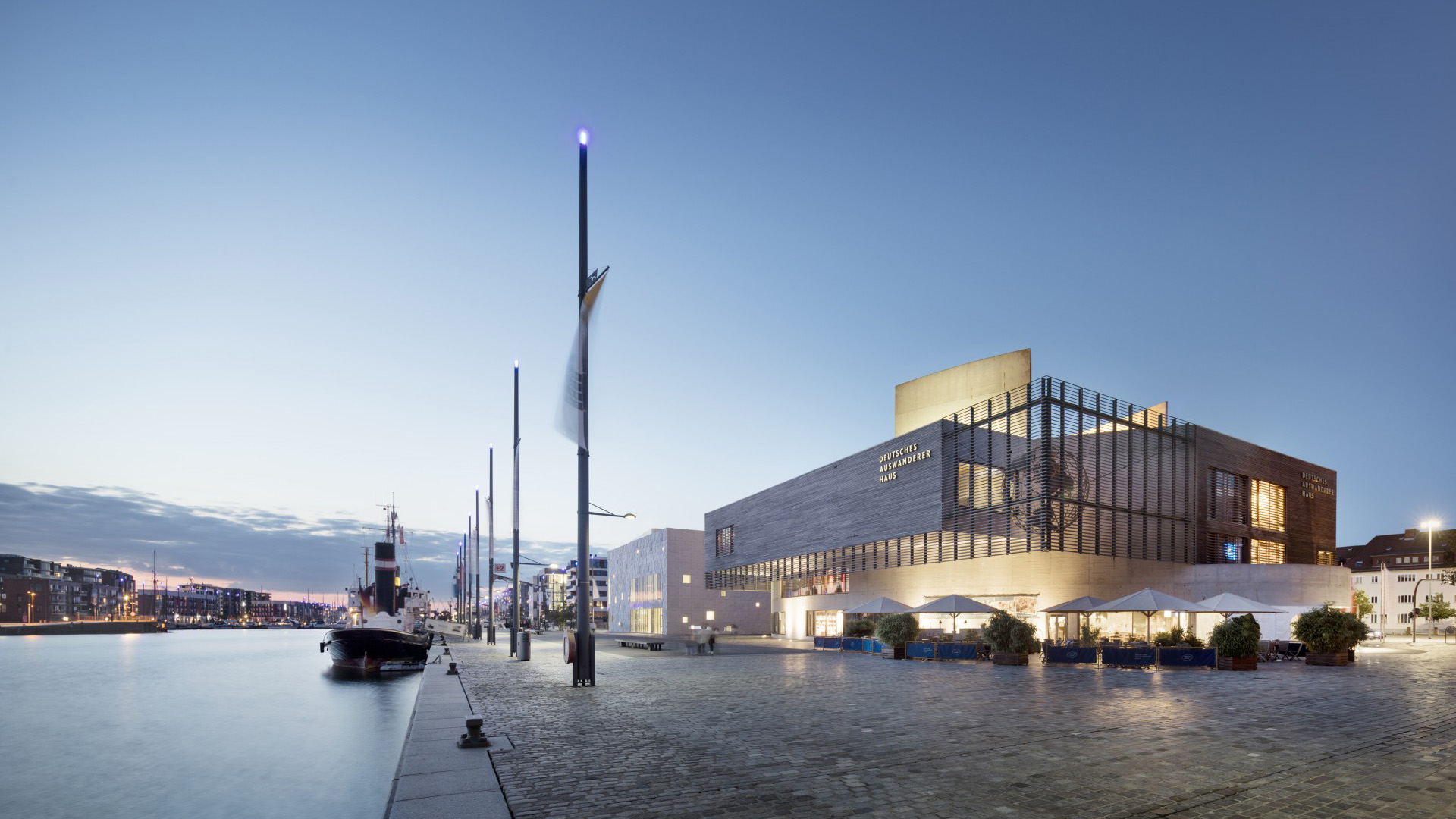
German immigration house
©Werner Huthmacher
The courage to be the first German museum to fully dedicate itself to the issue of immigration was not only rewarded with high public interest from the start, but also with the “European Museum of the Year 2007” award. The jury highly praised the “historical discussion of the products”. And indeed: In this museum, visitors follow the life of a “real” person who moves with all their senses. His journey begins at the port, where the cockerel is crowing, and he continues to board the ship and go to the wards where his fellow travelers are grumbling. In general, visitors hear on many channels what “their” immigrants experienced – Bremerhaven was the largest immigration port in Europe for several decades in the 19th century. Since the opening of the museum extension in 2021, there has been much more to discover with more than 400 objects as well as more than 200 audio articles and video interviews. Also unique to the German museum are the new digital thinking spaces that can be used intuitively during the exhibition tour to “fundamental questions”. In short: Depth is different.
Oceaneum Stralsund: penguins in the water, whales on the ceiling
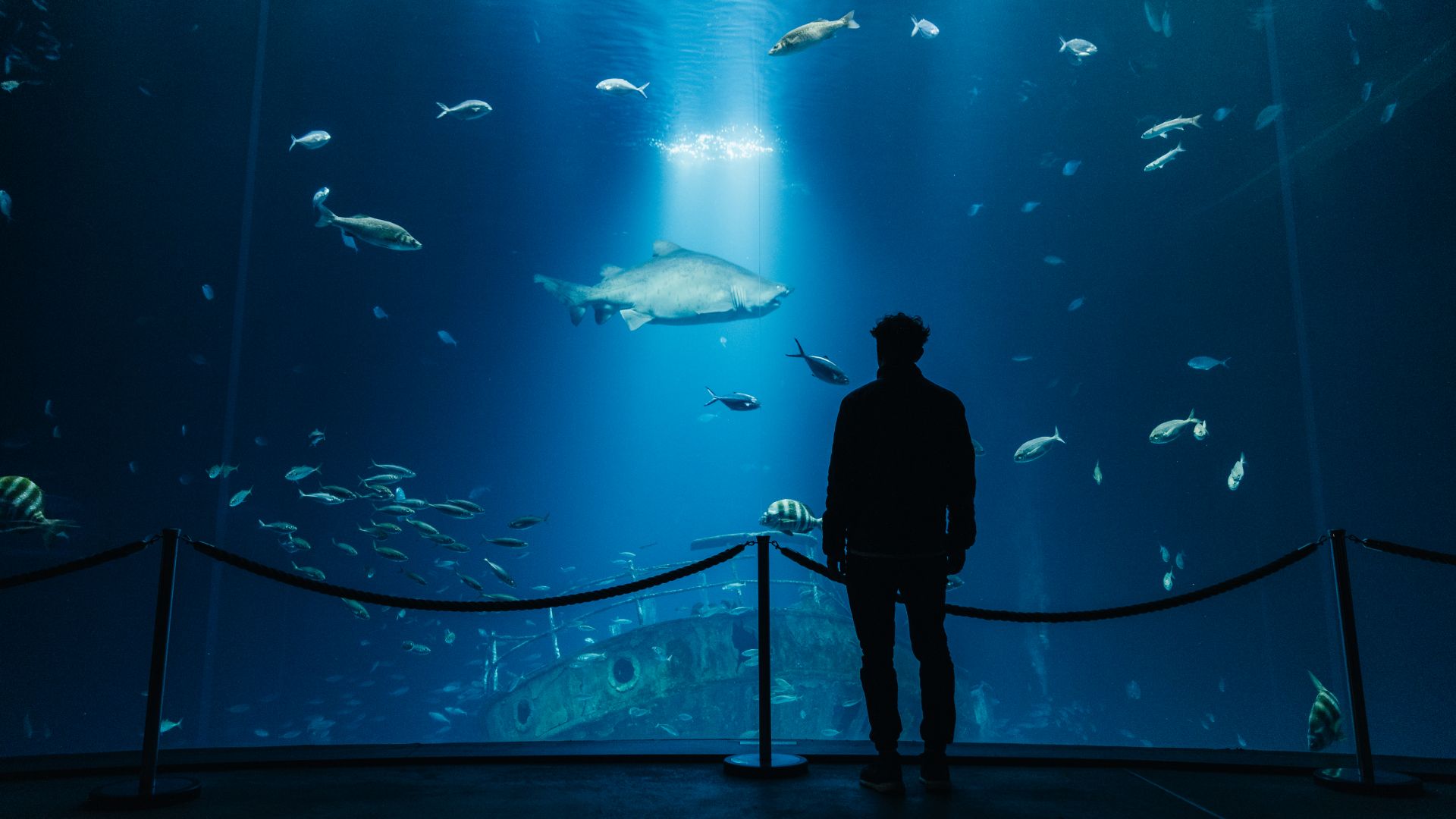
Baltic Sea Route: OZEANEUM Stralsund
©German Ambassadors (Hannes Becker)
The German Oceanographic Museum Foundation operates four museums in and around Stralsund: the German Oceanographic Museum, which will be completely renovated in 2024, the Nautineum, the Natureum and the Oceaneum, which was named “Museum of the Year 2010” . The natural history museum made of the steel of the white ships in the harbor not only attracts experts, but also attracts millions of visitors. In addition to “hardware”, that is, 50, some of them huge, of aquariums and an enclosure for penguins, it is very important “software”. Keyword: modern didactics of the museum, where sometimes an employee jumps into the pool to show something to the audience in front of the glass. The installation of the room on the subject of plankton in the center of the Baltic Sea exhibition is also strong. The most important point is the permanent exhibition “1:1 Giants of the Seas” created by Greenpeace In the first scale, a blue whale 26 meters long and a sperm whale in a battle with a giant squid hanging from the ceiling. Their songs and sounds can also be heard, which you can listen to in awe while sitting on deck chairs. The “Sea for Children” section is about small animals. Youngsters are allowed to catch hermit crabs, shells and starfish – and shark eggs.
Völklinger Hütte: A complete house in industrial ruins
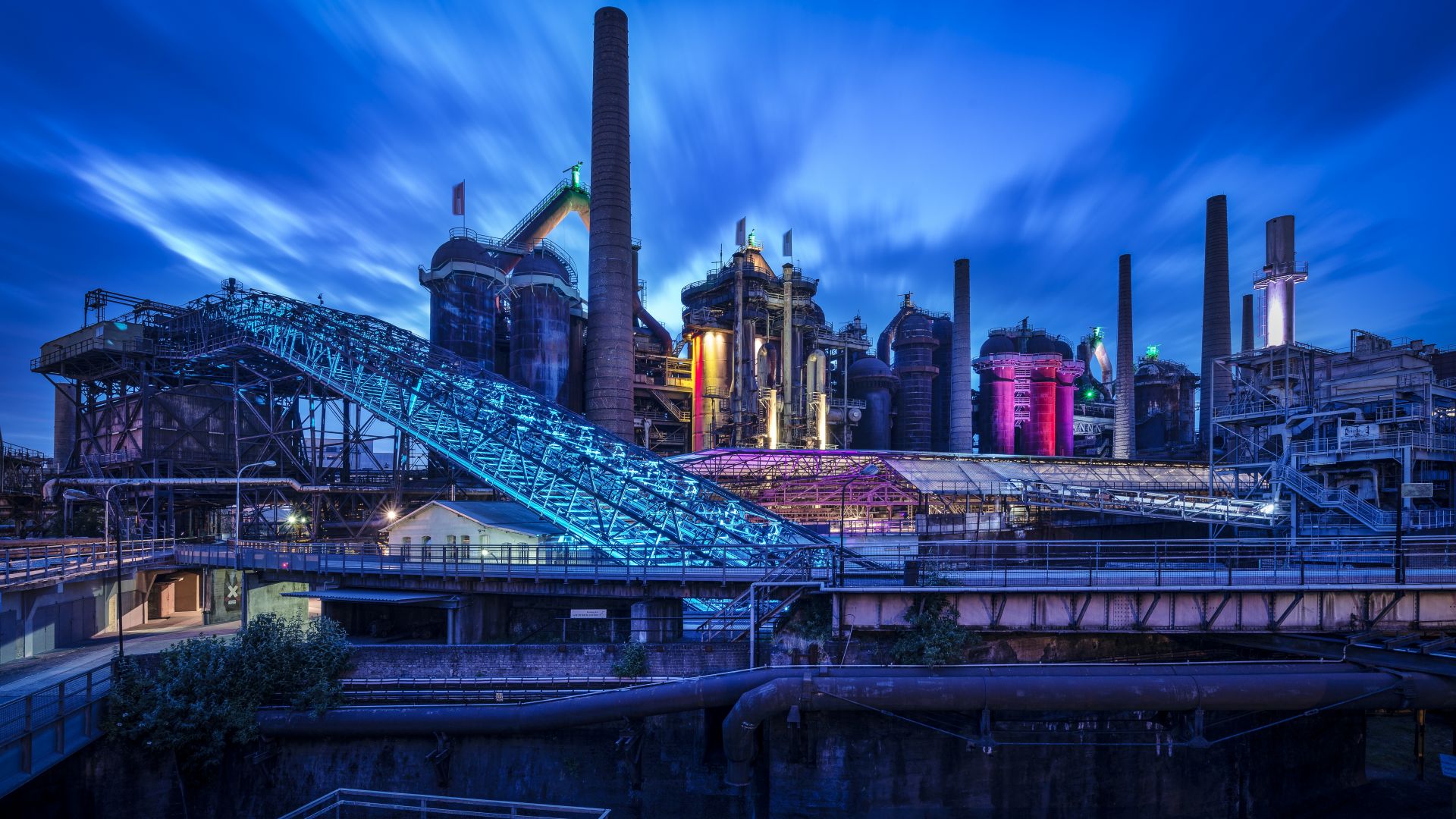
Völklingen: Völklingen Ironworks, UNESCO World Heritage Site
©Lookphotos (Günther Bayerl)
The Völklingen Ironworks is the only fully preserved ironworks in the world from the heyday of the industry. The title of UNESCO World Heritage Site is almost mandatory. But because of “just look and you’ll be fine”. Where smoking chimneys and deafening noise dominated daily life until 1986, now concerts, festivals, guided tours and high-quality temporary exhibitions take place. There is still a lot going on at the site today. This is especially true for the “Ferrodrom” tourism world, which shows iron and steel themes due to the original background. A fire tornado, magnetic games, a smoke screen and around 100 other test stations are located in the former Möllerhalle, in the smelter laboratories and in the outdoor area of the ferrodrome. Anyone who loses track of how the pig iron was pulled out while walking through the many stairs and corridors, past cooking plants and explosion screens, can do anything one with a simple type of ferrodrome with beans (instead of steel) and cranks and blowers matched with matching cranks. So everyone understands the principle of dissolution.
Technoseum Mannheim: This is how the industry is changing
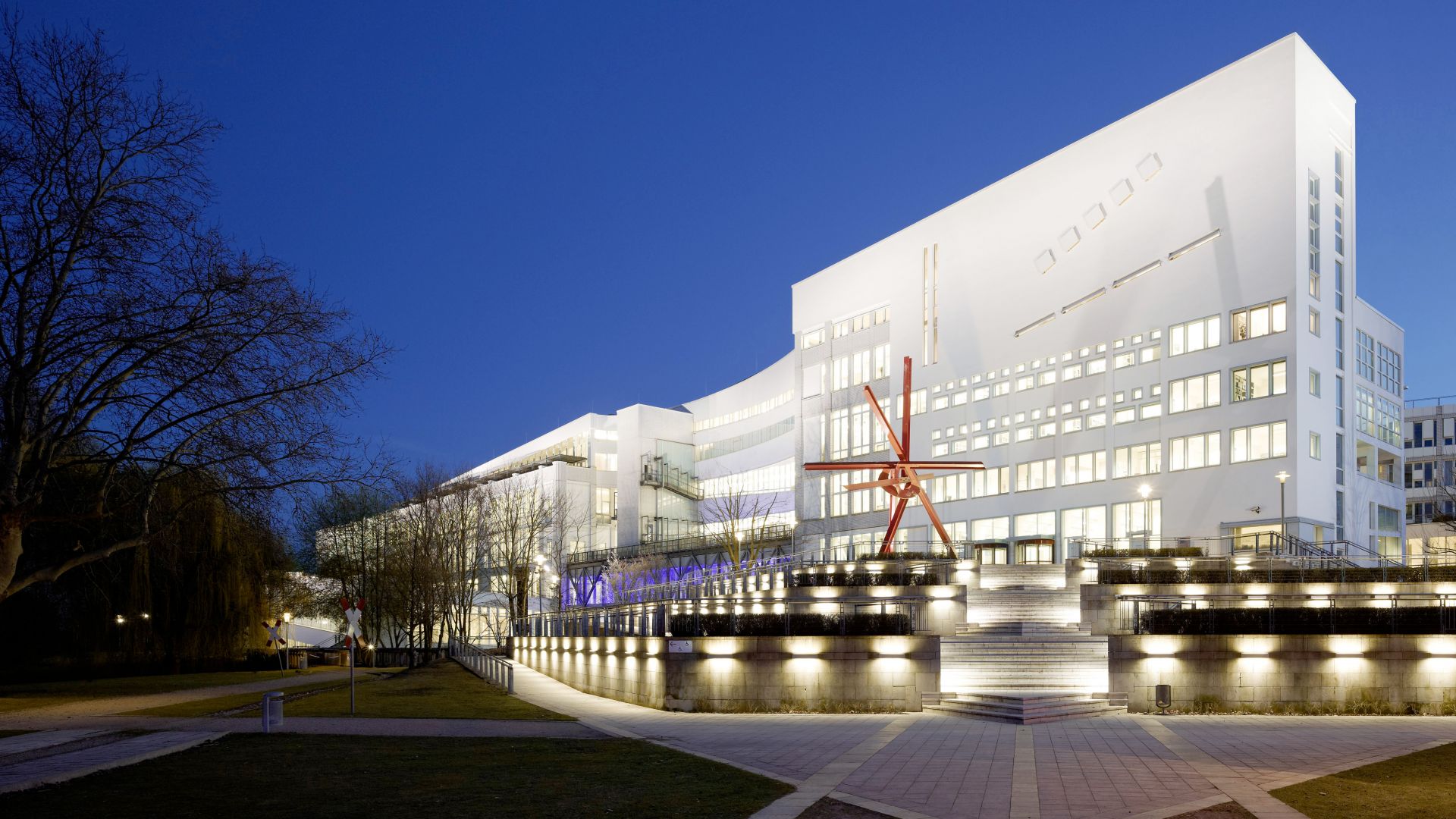
Mannheim: Technomuseum
©DZT (Zooey Braun Photography)
“Technoseum” sounds like techno and electronic music. Given the location of Mannheim, which has been named the “City of Music” by UNESCO, this can be fully assumed. Now the building that was named “European Museum of the Year” in 1992 and is completely decorated in chic white, does not speak of fast beats, but there is still a lot of music to it! Finally, the first site of the “State Museum of Technology and Work”, which not only changed its name in 2010 but was also raised to include the expansion of the area, enables a journey through the history of the industry. Living and working conditions on stage show how technical improvements have affected life since the 18th century. Touch is encouraged in over 100 test stations! Also: In recent years, the main areas “Elementa 1 to 3” have been joined by additional rooms on vehicle construction and history. From 2020 there was also a show on the hot topic of energy.
[ad_2]


